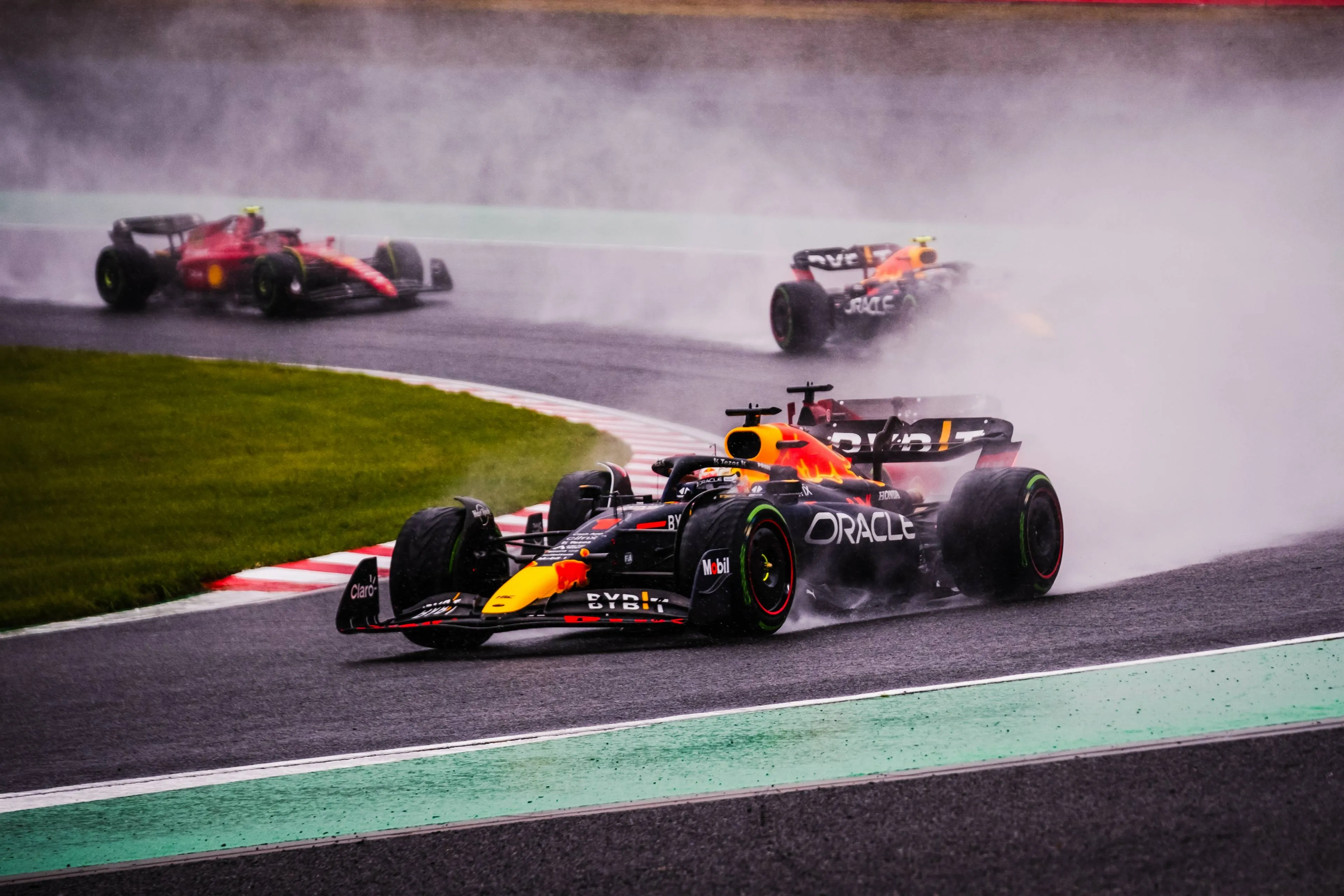De klimatologie heeft nog een lange weg te gaan
Klimaatsceptici beweren nu al meer dan 20 jaar dat de klimatologie nog een lange weg heeft te gaan. De veelgehoorde stelling, 'The science is settled', is dan ook volkomen misplaatst.
Het klimaatestablishment heeft dat lange tijd ontkend. Maar hoe langer hoe meer wetenschappers uit de mainstream schuiven thans op in de richting van de sceptici.
Het laatste voorbeeld daarvan is Steven Koonin. Deze was staatssecretaris voor wetenschap in het ministerie voor energie gedurende de eerste termijn van de regering Obama.
Onder de titel, 'Climate Science Is Not Settled', schreef Steven Koonin onlangs in de 'Wall Street Journal':
The idea that "Climate science is settled" runs through today's popular and policy discussions. Unfortunately, that claim is misguided. It has not only distorted our public and policy debates on issues related to energy, greenhouse-gas emissions and the environment. But it also has inhibited the scientific and policy discussions that we need to have about our climate future.
My training as a computational physicisttogether with a 40year career of scientific research, advising and management in academia, government and the private sectorhas afforded me an extended, upclose perspective on climate science. Detailed technical discussions during the past year with leading climate scientists have given me an even better sense of what we know, and don't know, about climate. I have come to appreciate the daunting scientific challenge of answering the questions that policy makers and the public are asking.
The crucial scientific question for policy isn't whether the climate is changing. That is a settled matter: The climate has always changed and always will. Nor is the crucial question whether humans are influencing the climate. That is no hoax: There is little doubt in the scientific community that continually growing amounts of greenhouse gases in the atmosphere, due largely to carbon-dioxide emissions from the conventional use of fossil fuels, are influencing the climate. . Rather, the crucial, unsettled scientific question for policy is, "How will the climate change over the next century under both natural and human influences?" Answers to that question at the global and regional levels, as well as to equally complex questions of how ecosystems and human activities will be affected, should inform our choices about energy and infrastructure.
Buthere's the catchthose questions are the hardest ones to answer. They challenge, in a fundamental way, what science can tell us about future climates.
Vervolgens gaat Keenen in op de onzekerheden omtrent de rol van de oceanen, de invloed van terugkoppelingen die opwarming kunnen versterken of verzwakken, en de beperkingen van complexe klimaatmodellen. Wat dit laatste betreft schrijft hij:
For the latest IPCC report (September 2013), its Working Group I, which focuses on physical science, uses an ensemble of some 55 different models. Although most of these models are tuned to reproduce the gross features of the Earth's climate, the marked differences in their details and projections reflect all of the limitations that I have described. For example:
The models differ in their descriptions of the past century's global average surface temperature by more than three times the entire warming recorded during that time. Such mismatches are also present in many other basic climate factors, including rainfall, which is fundamental to the atmosphere's energy balance. As a result, the models give widely varying descriptions of the climate's inner workings. Since they disagree so markedly, no more than one of them can be right.
Although the Earth's average surface temperature rose sharply by 0.9 degree Fahrenheit during the last quarter of the 20th century, it has increased much more slowly for the past 16 years, even as the human contribution to atmospheric carbon dioxide has risen by some 25%. This surprising fact demonstrates directly that natural influences and variability are powerful enough to counteract the present warming influence exerted by human activity.
Yet the models famously fail to capture this slowing in the temperature rise. Several dozen different explanations for this failure have been offered, with ocean variability most likely playing a major role. But the whole episode continues to highlight the limits of our modeling.
The models roughly describe the shrinking extent of Arctic sea ice observed over the past two decades, but they fail to describe the comparable growth of Antarctic sea ice, which is now at a record high.
The models predict that the lower atmosphere in the tropics will absorb much of the heat of the warming atmosphere. But that "hot spot" has not been confidently observed, casting doubt on our understanding of the crucial feedback of water vapor on temperature.
Even though the human influence on climate was much smaller in the past, the models do not account for the fact that the rate of global sea-level rise 70 years ago was as large as what we observe todayabout one foot per century.
A crucial measure of our knowledge of feedbacks is climate sensitivitythat is, the warming induced by a hypothetical doubling of carbon-dioxide concentration. Today's best estimate of the sensitivity (between 2.7 degrees Fahrenheit and 8.1 degrees Fahrenheit) is no different, and no more certain, than it was 30 years ago. And this is despite an heroic research effort costing billions of dollars.
These and many other open questions are in fact described in the IPCC research reports, although a detailed and knowledgeable reading is sometimes required to discern them. They are not "minor" issues to be "cleaned up" by further research. Rather, they are deficiencies that erode confidence in the computer projections. Work to resolve these shortcomings in climate models should be among the top priorities for climate research.
Wat betekent dit nu voor het klimaatbeleid?
Policy makers and the public may wish for the comfort of certainty in their climate science. But I fear that rigidly promulgating the idea that climate science is "settled" (or is a "hoax") demeans and chills the scientific enterprise, retarding its progress in these important matters. Uncertainty is a prime mover and motivator of science and must be faced head-on. It should not be confined to hushed sidebar conversations at academic conferences. ...
Individuals and countries can legitimately disagree about these matters, so the discussion should not be about "believing" or "denying" the science. Despite the statements of numerous scientific societies, the scientific community cannot claim any special expertise in addressing issues related to humanity's deepest goals and values. The political and diplomatic spheres are best suited to debating and resolving such questions, and misrepresenting the current state of climate science does nothing to advance that effort.
Any serious discussion of the changing climate must begin by acknowledging not only the scientific certainties but also the uncertainties, especially in projecting the future. Recognizing those limits, rather than ignoring them, will lead to a more sober and ultimately more productive discussion of climate change and climate policies. To do otherwise is a great disservice to climate science itself.
Lees verder hier.
Koonin is er met zijn artikel in geslaagd op rustige, nietpolemische wijze een groot aantal zwakke plekken in de huidige stand van de klimatologie bloot te leggen. Hij verbindt daaraan verstandige aanbevelingen voor een verdere voortgang van het wetenschappelijk onderzoek en de klimaatdiscussie.
Zijn opvattingen staan op gespannen voet met die van de Obama-administratie. Daar maken 'wetenschapontkenners', die nog steeds in de ban zijn van het CO2-monster, de dienst uit. Hoe lang nog?
Lezing van het volledige artikel van Koonin kan worden aanbevolen voor klimatofielen van alle gezindten.
Voor mijn eerdere DDSbijdragen zie hier.


